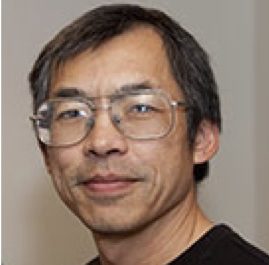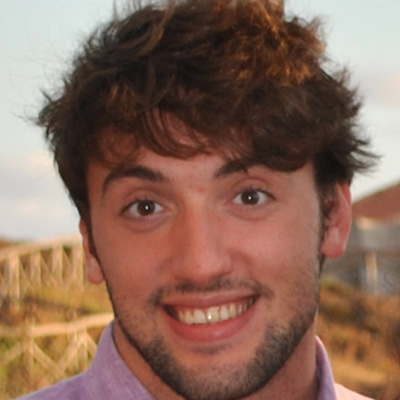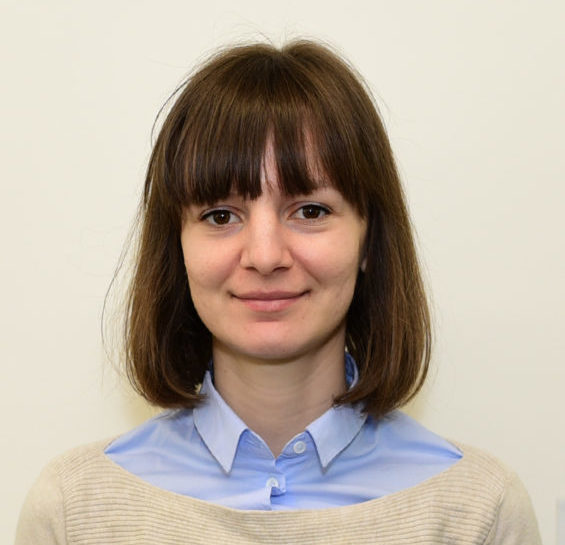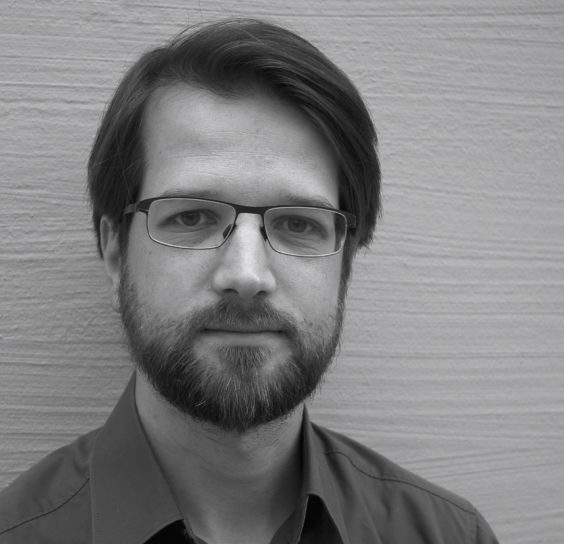Hence, single cell analysis became more and more important during the last few years as it also got easier to examine, sort or observe single cells. Huge efforts have been made regarding data analysis and data interpretation of single cell analysis.
For the single cell section, we invited speakers from different backgrounds to get an interesting overview of what is possible nowadays and how data can not only be obtained but also handled.
You will hear about how microscopy has evolved and how intravital imaging of the bone marrow enables to real-time observe HSPC homing and engraftment after bone marrow transplantation. Furthermore, you will learn more about RNA turnover and how you can interpret RNA velocity by looking at spliced and unspliced mRNA. Additionally, we will learn more about the chromatin structure and assembly in healthy versus cancer single cells and how the chromatin or epigenetic changes can be approached.
Of course, this session also tackles bioinformatic tools e.g. how to computationally simulate cell-cell communication and cell differentiation on a single cell level.
We are looking forward to an interesting and exciting single cell session, which seems to be homogeneous from the title, however, when looking in detail and at different aspects, this topic can be heterogeneous.

Dr. Lin
Dr. Charles Lin, Harvard University, Boston (MA), USA
Image-guided single cell transplantation and transcriptomic analysis
Date: June 7th
Slot: 10:00 – 10:40
Leture Hall DKFZ Communication Center
About the speaker
Charles P. Lin leads the Advanced Microscopy Group at the Center for Systems Biology and at the Wellman Center for Photomedicine, Massachusetts General Hospital since 2005, where he and his team develop cutting-edge optical techniques for in vivo cell tracking and molecular imaging studies. He has always been interested in laser and microscopy techniques. His earlier work on selective cell targeting using light absorbing microparticles and nanoparticles (e.g. melanin, gold nanospheres) has led to both fundamental and medical advances. It is now well established that short pulse laser irradiation of these small particles leads to transient (microsecond to nanosecond) cavitation bubble formation around the particles – an observation first made in his laboratory. His more recent work focuses on in vivo methods. One of them is for example the development of a scanning laser ophthalmoscope (SLO) that is optimized for video rate multichannel imaging of murine retinal microstructures. Using the eye as a natural window, they can observe cellular dynamics such as microglia activation, leukocyte-endothelial interaction, and blood-retinal barrier breakdown. Furthermore, the research of Charles P. Lin made major contributions to intravital imaging of the bone marrow (BM). They have developed methods to label and track individual hematopoietic stem/progenitor cells (HSPC) and malignant cells in the murine calvarial BM, visualized simultaneously with the bone matrix and BM vasculature, using a hybrid confocal and multiphoton microscope developed specifically for this purpose. He collaborates extensively with cancer biologists, immunologists, and stem cell biologists in a highly interactive and multidisciplinary research environment. Beyond the hematopoietic system, they have expanded our imaging studies to examining the biology of skeletal stem cells, mesenchymal stem cells, and induced human pluripotent stem cells.

Dr. La Manno
Dr. Gioele La Manno, Ecole polytechnique fédérale de Lausanne (EPFL), Lausanne, Switzerland
RNA velocity in single cells: differentiation predicts differentiation
Date: June 6th
Slot: 10:40 – 11:10
EMBL Heidelberg
About the speaker
He did his Bachelor at the University of Palermo, Italy, in Biotechnolgy and continued to do his masters in the field of Biomedicine at the Karolinska Institute in Sweden where he already showed a deep interest in single cell RNA sequencing. He continued with his PhD in the lab of Sten Linnarsson and focused on the different cell types of the brain.
Gioele recently started his own lab at the École Polytechnique Fédérale de Lausanne (EPFL), Switzerland.

Dr. Efremova
Dr. Mirjana Efremova, Sanger Institute, Cambridge, UK
Section under construction. Updates on the talk will follow soon!
Date: June 7th
Slot: 9:00 – 9:30
Leture Hall DKFZ Communication Center
About the speaker
Mirjana completed her PhD in the field of computational cancer immunology at the Medical University of Innsbruck. She is currently a Postdoctoral Fellow in Sarah Teichmann’s Lab at the Wellcome Trust Sanger Institute, where she is applying single cell technologies and computational approaches to study the cellular diversity within different tissues. She is particularly interested in developing computational methods for inferring cell-cell communication networks.

Dr. Mallm
Dr. Jan-Philipp Mallm, DKFZ/BioQuant, Heidelberg, Germany
Abberant chromatin features and transcription factor activity in leukemia
Date: June 7th
Slot: 10:40 – 11:10
Leture Hall DKFZ Communication Center
About the speaker
Jan-Philipp Mallm and his team are working on improving single cell sequencing technologies with the perspective to comprehend the genome regulations going on in a cancer cell in order to develop new strategies for personalized cancer treatment. He is also interested in epigenetic networks which are for example associated with chronic lymphocytic leukemia and aims to develop novel diagnostic and therapeutic approaches to cure this and other leukemic disease. Hence, he is not only an expert in low-input protocols for ATAC-seq, WGBS and RNA-seq but also in ChIPseq and MNase-seq. All of these methods are applied within the Heidelberg Center for Personalized Oncology (HIPO) program, where he heads the Chromatin and RNA (CHARM) methods lab since 2014.
